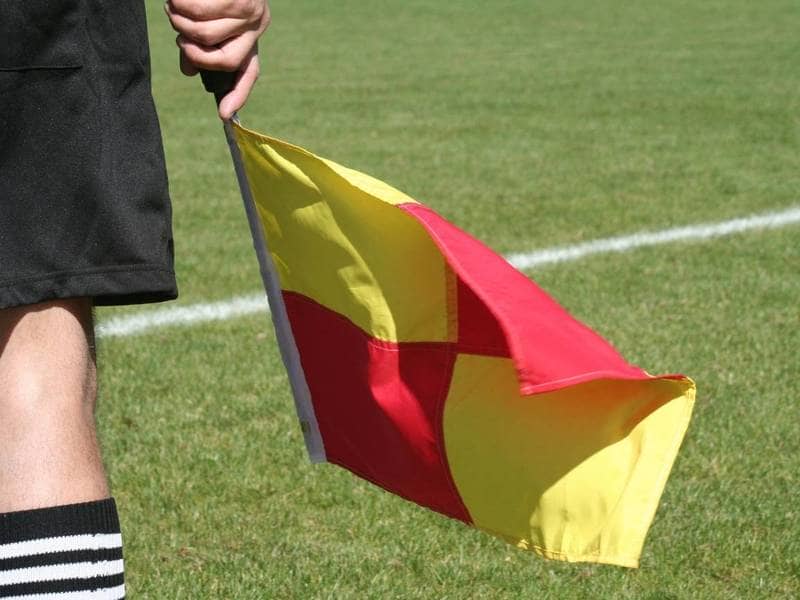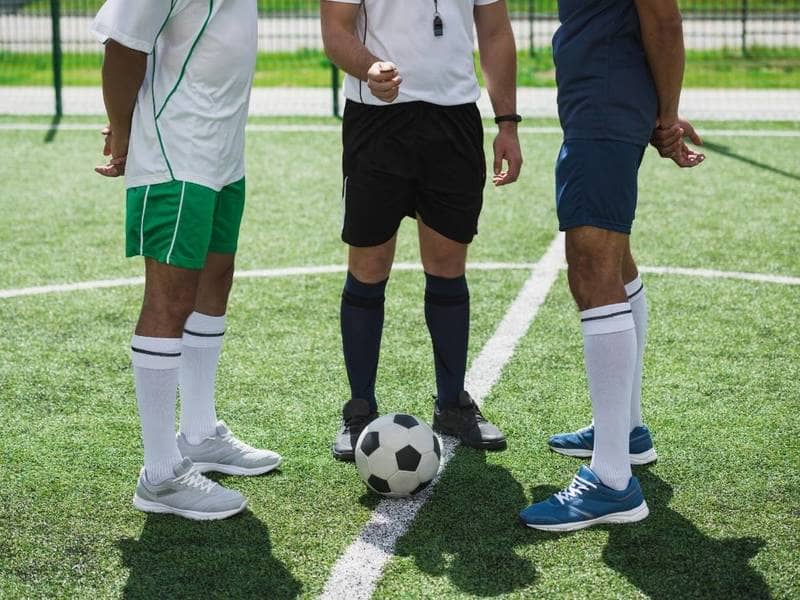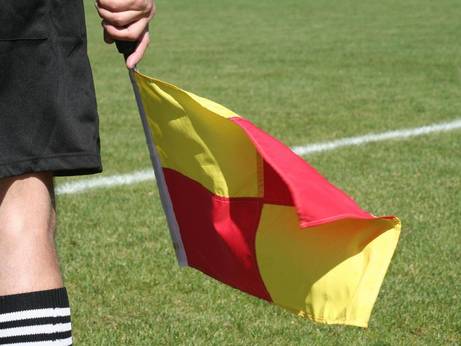
If you’ve ever watched a World Cup game or your favorite soccer team play, you’ve probably felt the anticipation leading up to stoppage time. This anticipation can quickly turn into anxiety though when the fourth official indicates the amount of stoppage time.
So what is stoppage time in soccer?
Stoppage time in soccer is the amount of time added to the end of each half by the referee to make up for lost time. The longer the stoppages in play, the more time the referee will add to the end of each half. Stoppages in play are a result of injuries, fouls, goal celebrations, substitutions, etc.
Some of these stoppages in play will result in more extra time being decided than others. To gain a better idea of how much time is added for each stoppage in play, we encourage you to read on.
History of Stoppage Time in Soccer
The origination of stoppage time (also known as injury time) in soccer goes back to an 1891 match between Stoke City F.C. and Aston Villa F.C. Stoke was trailing 1-0 in the last minutes of the game when they were awarded a penalty kick.
In an attempt to waste time and end the game, Aston Villa’s goalie kicked the ball out of the stadium. By the time the ball was recovered, the game had ended.
This prompted stoppage time to be introduced and made it not possible for a game to end before a penalty kick could be taken. The introduction of stoppage time also made it so games didn’t end suddenly at the end of either 45-minute half.
This made it so each half ended at the referee’s discretion. Referees tend to add 1-5 minutes of stoppage time to the end of each half.
One or two minutes are generally added for clean halves with minimal stoppages, while 3-5 minutes are usually added for halves with numerous stoppages.
The game doesn’t suddenly end when stoppage time runs out either. A referee can allow a half to continue if a team is threatening. Once the ball gets cleared though, the referee will almost always blow the half dead.
How Does Stoppage Time Work in Soccer?

Stoppage time is added at the end of each half based on the referee’s discretion. During the course of a soccer game, the referee will keep track of the amount of lost time during each half by using his watch.
The watches referees use have multiple buttons and modes that allow them to easily track the time lost to stoppages, while the game clock continues to run.
Referees also use watches so they can quickly check how much time has elapsed in a half because the time on the scoreboard could be inaccurate.
Usually, with a couple of minutes left in each half, the referee will relay the amount of stoppage time to be added to the fourth official. This official will then raise an electronic scoreboard with the amount of stoppage for the half.
For each stoppage in play, referees tend to add a set amount of time based on the type of stoppage. There are exceptions to this rule of course but general rules of thumb help referees keep track of lost time, while performing their other officiating duties.
Let’s start with substitutions. Referees tend to add 30 seconds for each substitution that occurs during a game. If a player takes their sweet time coming off the field, the amount of stoppage time added can and most likely will increase.
The opposite can also be said for players who quickly hustle off the field.
Fouls also significantly factor into the amount of stoppage time that is added at the end of each half. A good rule of thumb for referees is to add 5-10 seconds for each foul.
These seconds can balloon into minutes if an injury occurs. The more attention a player requires, whether it be from other players, team staff or the referee, the more time that will be added.
Professional soccer players are no strangers to milking fouls and trying to waste as much time as they possibly can. In doing this, the players are trying to eat up time to prevent opposing teams from having time to mount a comeback.
Luckily for us, referees know that players are prone to doing this and can keep the integrity of the game in check. Referees also note how much time players waste arguing with them, flopping and more.
One thing that can fly under the radar but eat up a ton of time is goal celebrations. Thirty seconds is a reasonable amount of time to add for each goal but can increase based on the actions of the scoring team.
If a player quickly collects the ball out of the net and heads back to the center circle, less than 30 seconds will probably be added. In the event the scoring player performs some kind of elaborate celebration with or without his teammates, more than 30 seconds will probably be added.
Additional stoppage time will also be added for Video Assistant Referee (VAR) delays, but time lost to this type of delays is usually minimal.
Yet to be mentioned are throw-ins, corner kicks, free kicks and goal kicks. While these aren’t considered stoppages in play, they usually eat up much more time over the course of a game than the previously mentioned stoppages.
Despite this, referees don’t add additional stoppage time based on these events. Referees also have the ability to reduce the amount of time added to the end of the second half during blowouts. The amount of stoppage time added is always at the referee’s discretion and is never objective.
